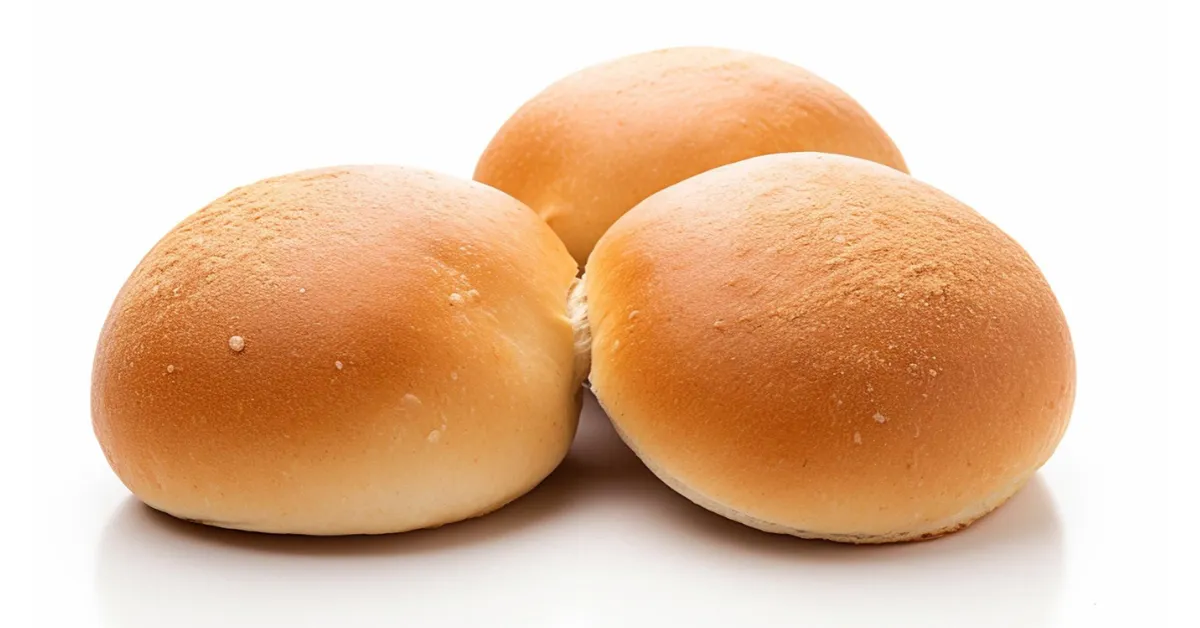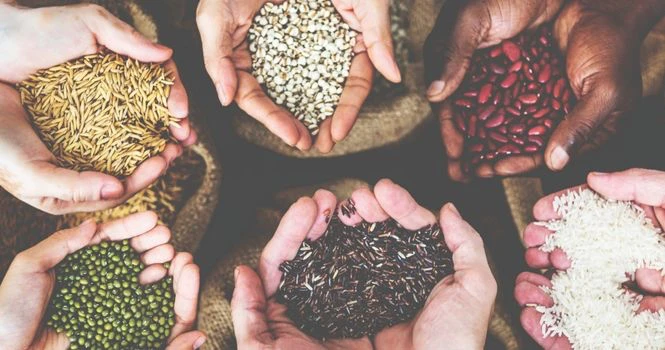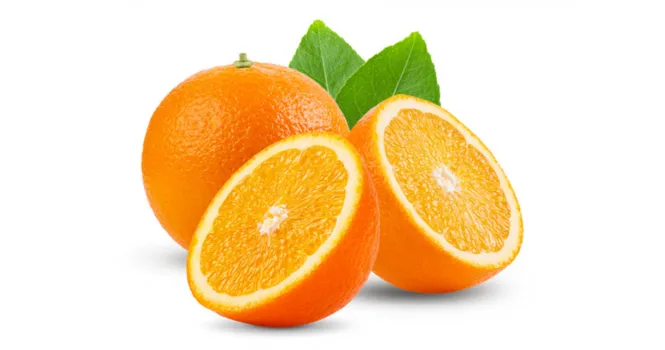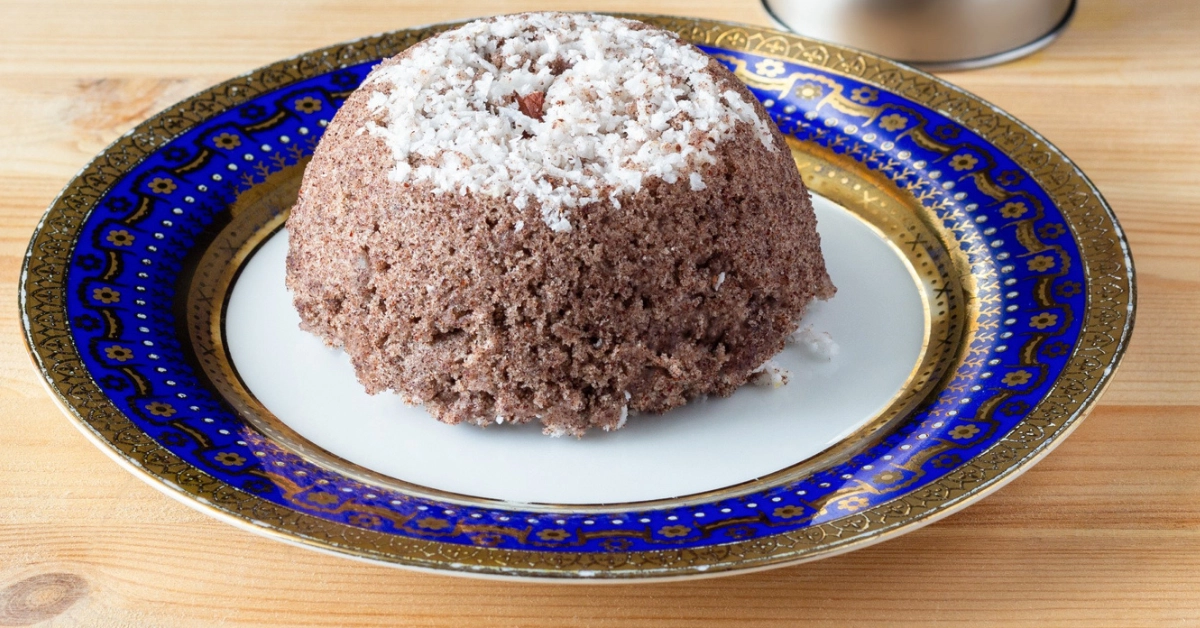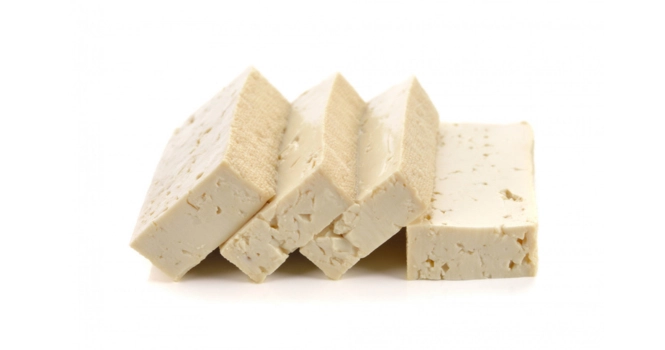Kidney Beans Benefits and Side Effects
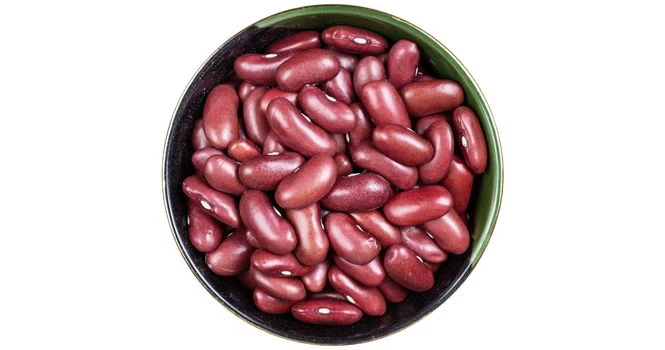
Kidney beans, named for their resemblance in shape and color to human kidneys, are a type of legume that’s packed with fiber, protein, and various nutrients.
They are a staple food in many cuisines around the world due to their versatile nature and potential health benefits. These benefits range from promoting heart health to aiding in weight management and controlling blood sugar levels.
Despite these advantages, it’s also essential to consider potential side effects. While generally safe and beneficial when properly cooked, raw or undercooked kidney beans contain a naturally occurring toxin which can lead to health issues.
Before venturing into benefits and side effects, Let’s see the nutritional profile of Kidney Beans.
| Nutrient | Amount per 1 Cup (177g) of Cooked Kidney Beans |
| Calories | 225 kcal |
| Protein | 15.3 g |
| Total Fat | 0.9 g |
| Saturated Fat | 0.1 g |
| Trans Fat | 0 g |
| Cholesterol | 0 mg |
| Carbohydrates | 40.4 g |
| Dietary Fiber | 13.6 g |
| Sugars | 1.6 g |
| Sodium | 2 mg |
| Potassium | 742 mg |
| Calcium | 62 mg |
| Iron | 3.9 mg |
| Magnesium | 85 mg |
| Phosphorus | 251 mg |
| Zinc | 2.1 mg |
| Vitamin C | 2.8 mg |
| Thiamin (Vitamin B1) | 0.3 mg |
| Riboflavin (Vitamin B2) | 0.1 mg |
| Niacin (Vitamin B3) | 1 mg |
| Pantothenic Acid (Vitamin B5) | 0.4 mg |
| Vitamin B6 | 0.2 mg |
| Folate (Vitamin B9) | 229 µg |
| Vitamin K | 10.5 µg |
| Vitamin E | 0.3 mg |
Types of Kidney Beans
Kidney beans come in a variety of types, often identified by their color and size. Here are some of the types and each has its benefits and side effects.
1. Red Kidney Beans (Rajma): These are the most common type and are often used in dishes such as chili and curry. They have a strong, nutty flavor and hold their shape well when cooked.
2. White Kidney Beans (Cannellini Beans): Larger and more cylindrical than their red counterparts, these beans are a common ingredient in Italian cuisine. They have a mild flavor and creamy texture, making them suitable for salads, soups, and stews.
3. Light Red Kidney Beans: These are similar in flavor and size to the common red kidney beans, but their color is slightly lighter. They are often used interchangeably with red kidney beans in recipes.
4. Pink Kidney Beans: These beans are lighter in color than red kidney beans and have a tender skin. They are often used in Caribbean and Portuguese cuisine.
5. Speckled Kidney Beans (Anasazi Beans): These beans are spotted or speckled in color, and are popular in Southwestern U.S. cuisine. They have a sweet, full flavor and cook faster than other kidney beans.
Each of these types may also have regional or cultural synonyms. For example, “rajma” is the term used in India for red kidney beans.
In Italian cuisine, white kidney beans are often referred to as “cannellini beans”.
Anasazi beans are also known as “Jacob’s cattle beans”.
Despite the differences in appearance and taste, all types of kidney beans offer a range of health benefits and are a valuable addition to a balanced diet.
Why Aren’t Black Beans and Pinto Beans included in the List?
Black beans and pinto beans are indeed part of the larger legume family, but they are not classified as kidney beans. They each have unique characteristics that differentiate them from kidney beans.
Black Beans: Also known as black turtle beans, they are small, oval-shaped beans with a deep, glossy black color. They’re a staple in Latin American cuisines and are known for their rich, slightly sweet flavor.
Pinto Beans: These beans are medium-sized and have a speckled brown and pinkish color that turns light brown when cooked. Pinto beans are common in Mexican cuisine and have a creamy texture and mild flavor.
While they share similar nutritional benefits with kidney beans, such as being high in protein and fiber, black beans and pinto beans are different varieties and are not considered types of kidney beans.
Kidney beans are specifically named for their shape and size that resemble a kidney, and include variants like red, white, and speckled kidney beans, among others.
Dietary Fiber and Protein
Kidney beans are an excellent source of dietary fiber and protein, making them a popular choice for vegetarian and vegan diets as well as for those looking to add nutritious ingredients to their meals.
For approximately one cup (177 grams) of cooked kidney beans:
Dietary Fiber: Kidney beans contain about 13.6 grams of dietary fiber. Dietary fiber is essential for maintaining good digestive health and can also help in managing blood sugar levels and lowering cholesterol.
Protein: Kidney beans contain about 15.3 grams of protein. Protein is a vital nutrient necessary for building and repairing tissues, making enzymes, hormones, and is an important building block of bones, muscles, cartilage, skin, and blood.
Please note that while kidney beans are a good source of protein, they don’t provide all the essential amino acids, so it’s important to consume them as part of a varied diet to ensure that you are getting all the necessary nutrients.
Health Benefits
Kidney beans are nutritious and can be a beneficial part of a balanced diet. Here are seven benefits of kidney beans:
1. Rich in Fiber: Kidney beans are high in fiber which aids in digestion, helps in controlling blood sugar levels, and can assist in weight management.
2. Protein Source: They are a great source of plant-based protein, making them particularly beneficial for vegetarians and vegans.
3. Heart Health: The fiber, potassium, and magnesium content in kidney beans may contribute to maintaining a healthy blood pressure and reducing the risk of heart disease.
4. Blood Sugar Control: The low glycemic index of kidney beans makes them good for blood sugar regulation.
5. Rich in Nutrients: They contain various essential nutrients including iron, potassium, and folate.
6. Antioxidant Properties: Kidney beans are rich in antioxidants, which can help combat oxidative stress and reduce the risk of chronic diseases.
7. Cholesterol Reduction: The soluble fiber in kidney beans can help in reducing blood cholesterol levels.
However, consuming kidney beans also has some potential side effects:
Side Effects
1. Flatulence and Bloating: The high fiber content can cause flatulence and bloating in some individuals, especially if they are not used to consuming a lot of fiber.
2. Digestive Issues: Kidney beans contain lectins, which can be harmful if the beans are not cooked properly, and can cause stomach cramps and diarrhea.
3. Phytic Acid Content: They contain phytic acid, which can inhibit the absorption of minerals like iron and zinc.
4. Allergic Reactions: Some people may have an allergy to kidney beans or legumes in general.
5. Kidney Stones: Kidney beans are high in oxalates, which might contribute to the formation of kidney stones in susceptible individuals.
6. Gastrointestinal Blockage: Consuming raw or improperly cooked kidney beans can cause a rare but serious gastrointestinal issue called “red kidney bean poisoning,” which is due to the lectins they contain.
7. Potential Drug Interactions: If you’re taking medications, especially for diabetes or hypertension, the high fiber content of kidney beans may interact with the drugs. It’s always good to consult a doctor before making significant changes to your diet if you are on medications.
To avoid the side effects, particularly those associated with lectins, always ensure that kidney beans are properly soaked and cooked before consuming.
Frequently Asked Questions
What Are the Kidney Beans Side Effects?
- Flatulence and Bloating: High fiber content can cause gas.
- Digestive Issues: Improperly cooked kidney beans contain lectins which can cause stomach discomfort.
- Inhibition of Mineral Absorption: Contain phytic acid which can inhibit iron and zinc absorption.
- Kidney Stones: High in oxalates, which might contribute to kidney stones in susceptible individuals.
- Potential Allergies: Some people may be allergic to kidney beans or legumes in general.
- Gastrointestinal Blockage: Due to lectins if consumed raw or improperly cooked.
- Potential Drug Interactions: Especially for medications related to diabetes or hypertension.
Is It Good to Eat Kidney Beans Everyday?
Eating kidney beans as part of a balanced diet can be beneficial due to their high fiber, protein, and nutrient content. However, it’s important to also consume a variety of other foods for a well-rounded intake of nutrients.
Can I Eat Rajma Daily?
Yes, you can eat Rajma (kidney beans) daily in moderation as part of a balanced diet.
Is Rajma Good or Bad for You?
Rajma is generally good for you when properly cooked and consumed as part of a balanced diet. It’s rich in fiber, protein, and essential nutrients. However, as mentioned earlier, it can have side effects if not properly cooked or if consumed in excess.
Which Color Rajma Is Best?
Both red and white kidney beans (Rajma) are nutritious. The choice depends on personal preference and the type of dish you are preparing. Red kidney beans are often used in dishes like Rajma Chawal, while white ones might be used in salads.
Is Rajma Hard to Digest?
Rajma can be hard to digest for some people, especially if they have a sensitive gut, due to its high fiber and raffinose content. Soaking and cooking it properly can aid in digestion.
Can I Eat Boiled Rajma?
Yes, boiling is actually one of the recommended ways to cook rajma. It’s important to ensure that it is cooked thoroughly to neutralize the lectins.
Can We Eat Boiled Rajma?
Yes, boiled rajma can be eaten and is a common way to prepare it.
Is Rajma Good for Kidneys?
Rajma is not specifically beneficial for the kidneys, but it’s high fiber content can be beneficial for overall health. However, for individuals with kidney problems or a susceptibility to kidney stones, it’s important to note that Rajma is high in oxalates.
Which Rajma Is Best: Red or White?
Both red and white rajma are nutritious. Red rajma tends to have a slightly stronger flavor and firmer texture, while white rajma is milder and creamier. The choice between them can be based on personal preference and the particular recipe you are making.
What Is the Right Time to Eat Rajma?
There isn’t a specific “right” time to eat rajma. However, since it is high in fiber and can take longer to digest, some people prefer to eat it during lunch to give the body ample time to process it.
Does Rajma Cause Gas?
Yes, rajma can cause gas in some individuals. This is because it contains complex carbohydrates and fiber that can ferment in the gut.
What Are the Disadvantages of Boiled Rajma?
There aren’t specific disadvantages to boiled rajma, but if it’s not cooked properly (undercooked), it can cause digestive issues due to the presence of lectins. Also, consuming it in excess can cause bloating and flatulence due to its high fiber content.
Does Rajma Increase Cholesterol?
No, rajma does not increase cholesterol. In fact, the fiber in rajma can help to lower cholesterol levels.
What Is the Benefit of Boiled Rajma?
Boiled rajma is low in fat, high in protein, and packed with nutrients including fiber, vitamins, and minerals. It can be a part of a balanced diet, helping in managing weight, controlling blood sugar, and promoting heart health.
How Many Hours Do I Need to Soak Rajma?
It is recommended to soak rajma for at least 8 hours or overnight. This helps in reducing cooking time and can also make them easier to digest.
In Which Water Is Rajma Soaked?
Rajma is generally soaked in plain water. Some people add a pinch of baking soda to the soaking water to help soften the beans, but this is optional.
Which State Is Famous for Rajma?
In India, Jammu and Kashmir is particularly famous for its rajma, especially the Rajma Chawal dish. The state of Himachal Pradesh is also known for its high-quality rajma.
Does Rajma Cause Acidity?
For some individuals, especially those with sensitive stomachs, consuming rajma can cause acidity or aggravate acid reflux due to its high fiber content.
Is Rajma Bad for Uric Acid?
Rajma contains moderate levels of purines, which are substances that can increase uric acid levels in the blood. For individuals with gout or high levels of uric acid, it’s advisable to consume rajma in moderation.
Can I Eat Rajma at Night?
You can eat rajma at night, but it is best to have it earlier in the evening and not right before bed. Since rajma is high in fiber and takes longer to digest, eating it too close to bedtime can cause discomfort or disturb sleep for some individuals.



